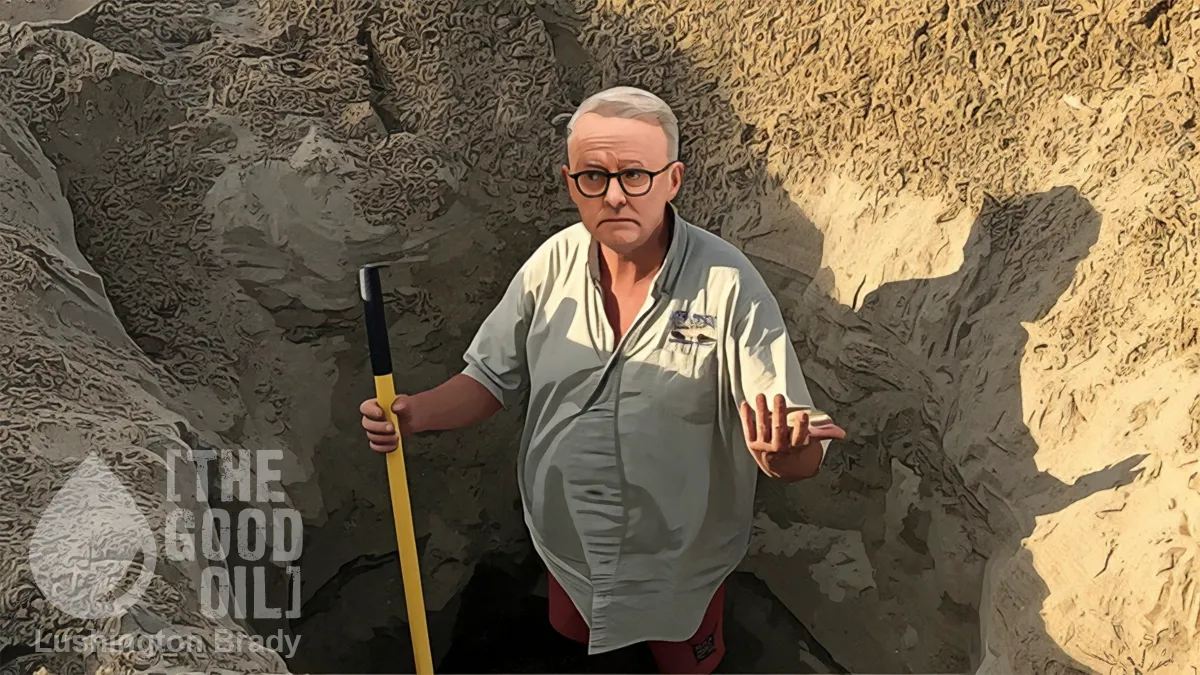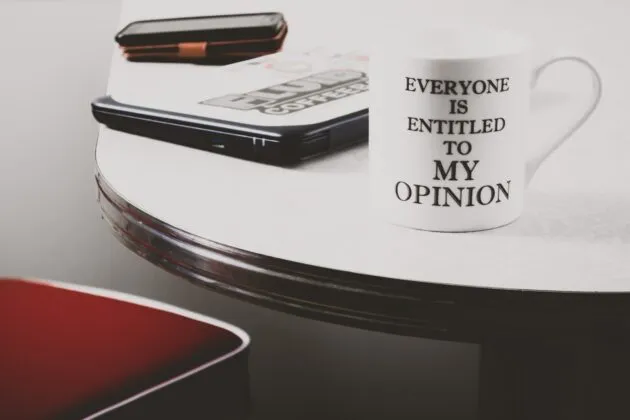Table of Contents
As AC/DC famously said, “It’s a long way to the top, if you wanna rock’n’roll”. Getting had, took, ripped off and under-paid: it’s all part and parcel of trying to make it in show business. As Spider Stacy of the Pogues once said to me, “If you wanna play, you gotta pay”.
No performer, no matter what American Idol would have you believe, ever walked straight into the big-time. As Gene Simmons of KISS reminisces, the future monsters of rock started out playing school cafeterias, anywhere that would give them a gig. Henry Rollins recalls being upbraided by Black Flag bandmate Greg Ginn, for walking out on a show with a single person as the audience. That one guy, Ginn said, paid to see the show, so we’re gonna put on the fuckin’ show.
It’s called “paying your dues”, and it’s something that every creative knows.
Or at least, they used to. Apparently they’re all a bit too precious, in this Everyone Gets a Prize, I Am Special generation, to have to bother with all that annoying hard work.
Fewer than one in 10 performers, writers and artists are making a full-time living from their talents, new keynote research has found.
Financial insecurity is worsening for the nation’s professional dancers, musicians, actors, writers and visual artists, with half earning as little as $200 a week from their practice and an increasing number reliant on casual jobs.
And?
As one well-known Australian musician recalls, in Clinton Walker’s Stranded: Australian Independent Music 1976-1992, “the only government support we ever got was the dole”. Almost every artist, musician, or writer I’ve ever known has either been on the dole, or working a day job, for years until they “made it”. Which very few ever did.
Think of every famous and semi-famous artist you’ve ever heard of: they sit at the apex of a pyramid of people who also wanted to make it. Some of the most purely talented never will, because making it requires something other than raw talent: “the fire in the belly”, as one writer friend of mine put it. The determination to keep slogging away, often at night and on weekends, and against endless knockbacks.
The academics found 9 per cent of professionals were making a full-time living from their creative practice, compared to 23 per cent eight years ago.
Frankly, I’m surprised that even 9% are; astonished that as high as 23% were, eight years ago. That’s pretty impressive. But, here’s the catch: economic downturn hits everyone, but it hits creative industries first. After all, if you’re struggling to pay the mortgage, which can you easiest go without? Food on the table, petrol in the car, or a visit to an art gallery or theatre?
It’s not a fun fact, but it is a grim fact of life.
At the same time, other supplementary work has also become more precarious: 59 per cent are working on a casual basis in related areas (up from 40 per cent), and 56 per cent in non-arts work such as hospitality and retail (up from 26 per cent).
The cliche of the actress/dancer working as a waitress is a cliche for good reason.
Independent choreographer Melanie Lane is among those stretching to make ends meet, relying on a fellowship and a residency for work.
With as few as 16 full-time contemporary company dance positions on offer in Australia and most positions project-based, Lane said many emerging and mid-career dancers were “working second, third and fourth tier jobs”.
“I know dancers who work more hours at Bunnings and cafes than they do at dance, though they are of exceptional ability,” she said.
Welcome to the arts business, kids. Twas ever thus.
But today’s darlings are apparently above all that. Instead, you just know the hand is going out for that good, old gibsmedat.
“If funding and funding access isn’t improved radically, soon we will be losing out on exciting art and career growth for most practitioners who do not have the buffer of wealth or extraneous support,” comedian and screenwriter Vidya Rajan warns in the report.
Creative Australia chief executive Adrian Collette said the data would be used to help develop and assist the workforce.
[Cultural economist Professor David Throsby] said federal, state and local governments could do a lot to create the conditions to assist artists to flourish.
The Age
To be fair to them, they’re seeing everyone else guzzling at the taxpayer tit, so why shouldn’t they?
Maybe they can apply for NDIS funding — now there’s a nice, easy earner.







